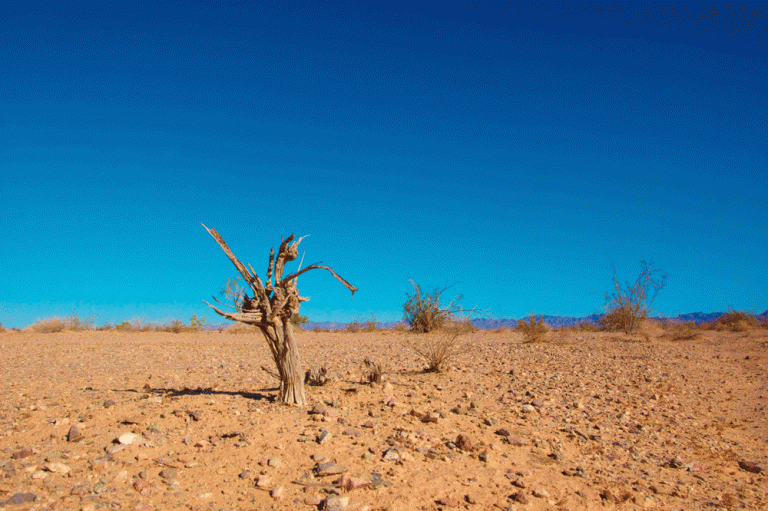
Quincy Lee
Science & Tech Editor
Puddles filling intersections and bike paths, cliffs eroding, and students skipping class are all signs of the large amounts of rainfall this year.
The past month of storm systems has brought record snowfall in the Sierra Nevada mountains, leading to freeway closures and large attendance at powder-filled ski resorts. “On Thursday, the state’s snowpack in the mountain region reached 173 percent of average for that date. That’s the highest it’s been since 1995,” according to ABC News.
As this year has seen unprecedented amounts of precipitation, many people believe that the California’s drought has come to an end. But these news headlines of “drought-busting” rain and snow events are falsely portraying the water crisis in California.
Water cycles fluctuate year to year, with some of plenty, like this year, and some of scarcity, like the last five. Naturally, water doesn’t fall like the consistent stream of your shower head.
Now, this isn’t an article to convince you to take shorter showers, as every California resident has heard a thousand times before.
According to University of California, Santa Barbara geography professor Jennifer King, the amount of water lost in reservoirs due to evapotranspiration is equal to that used by residential consumers. King, who studies earth system science, said that the amount of water lost in a storage reservoir equals the total amount people use in their homes.
Inefficiencies in how California distributes water also cause water loss. In order to have enough water for its crops, Southern California agriculture requires aqueducts to continuously transport water. In watering these crops, water is again lost to evapotranspiration.
During the past five years, in a declared state of emergency, California took out a water loan. Groundwater was pumped out to replace the lower incoming precipitation and lack of surface water. In doing so, California’s population entered a water debt that can’t be repaid by this one anomalous season’s rainfall.
Jay Lund, director of the Center for Watershed Sciences at UC Davis, told the LA Times, “Groundwater is where the deficit is really concentrated. Every time [consumers] didn’t have enough water, they pumped.”
And this deficit seems to be growing. When the soil dries and cracks, it slowly loses its ability to retain water. As the snow begins to melt it will be lost in runoff rather than entering the same groundwater aquifers that Californians have previously used.
Using ground sensor data, NASA researchers estimated the effects of the last five years to be “about 17 trillion gallons less water than if the years had normal snowfall.” The record setting 5.2 trillion gallons of snowfall estimated for this year barely begins to bring California out of its water crisis.










